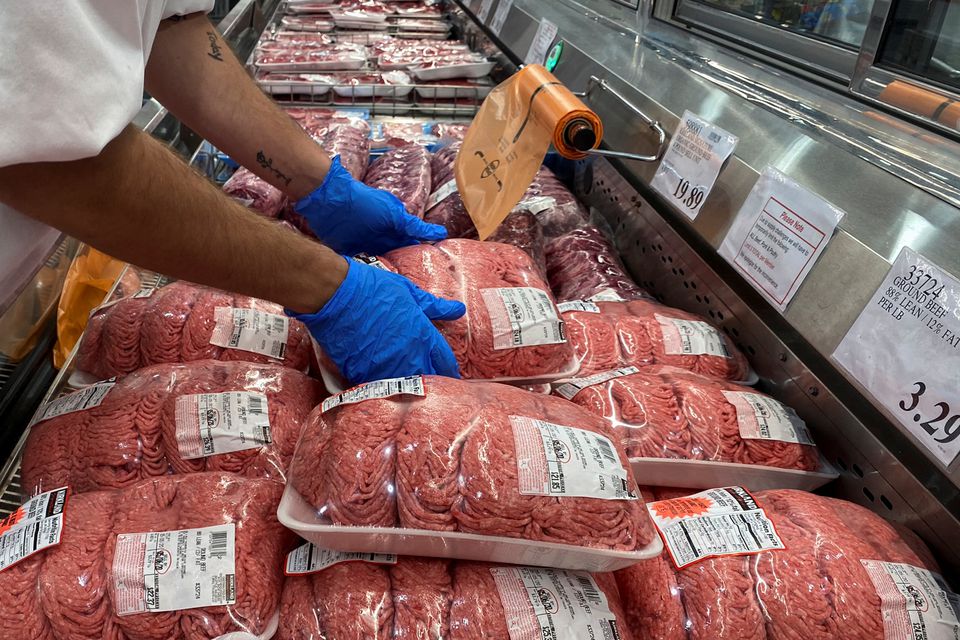Meat packers’ profit margins jumped 300% during pandemic

Four of the biggest meat-processing companies, using their market power in the highly consolidated U.S. market to drive up meat prices and underpay farmers, have tripled their own net profit margins since the pandemic started, White House economics advisers said
Financial statements of the meat-processing companies – which control 55%-85% of the market for beef, poultry and pork – contradict claims that rising meat prices were caused by higher labor or transportation costs, advisers led by National Economic Council Director Brian Deese wrote in an analysispublished on the White House website Friday.
“If rising input costs were driving rising meat prices, those profit margins would be roughly flat, because higher prices would be offset by the higher costs“
Officials studied earnings statements from Tyson Foods Inc (TSN.N), the chicken producer and biggest U.S. meat company by sales; Brazil-based JBS SA (JBSS3.SA), the world’s biggest meatpacker; Brazilian beef producer Marfrig Global Foods SA (MRFG3.SA) which owns most of National Beef Packing Company (NBEEF.UL); and Seaboard Corp RIC (SEB.A).
Those statements showed a 120% collective jump in their gross profits since the pandemic and a 500% increase in net income, the analysis shows. These companiesrecently announced $1 billion in new dividends and stock buybacks, on top of the more than $3 billion they paid to shareholders since the pandemic began.
Trade group the North American Meat Institute accused the White House of “cherry-picking” data.
“It is no coincidence this blog post appears on the same day as the Consumer Price Index is released showing gas and energy prices are up nearly 60 percent over the past 12 months which is nearly 10 times the rate of inflation for food,” President Julie Anna Potts said in a statement.
Profit margins – the spread companies are making over and above their costs – have increased significantly too, belying the argument that companies are just passing along higher labor and supply costs, the analysis said, with gross margins up 50% and net margins up over 300%.
“If rising input costs were driving rising meat prices, those profit margins would be roughly flat, because higher prices would be offset by the higher costs,” the analysis said.
Increases in meat prices accounted for 25% of the rise in consumer prices for food consumed at home in November, a big driver in the surge in inflation seen in recent months.
Tyson increased the price of beef “so much — by more than 35% — that they made record profits while actually selling less beef than before,” the advisers wrote.
The companies didn’t immediately respond to requests for comment.
The White House, hammered by Republicans over rising inflation, is scrambling to combat rising prices by clearing supply chain logjams and tackling what it views as uncompetitive practices by big companies, which are reporting big profit gains even as consumers suffer.
Friday’s blog – released after November consumer prices showed the largest annual gain since 1982 – reflects growing frustration by White House officials about continued increases in meat prices, an issue it flagged in September.












